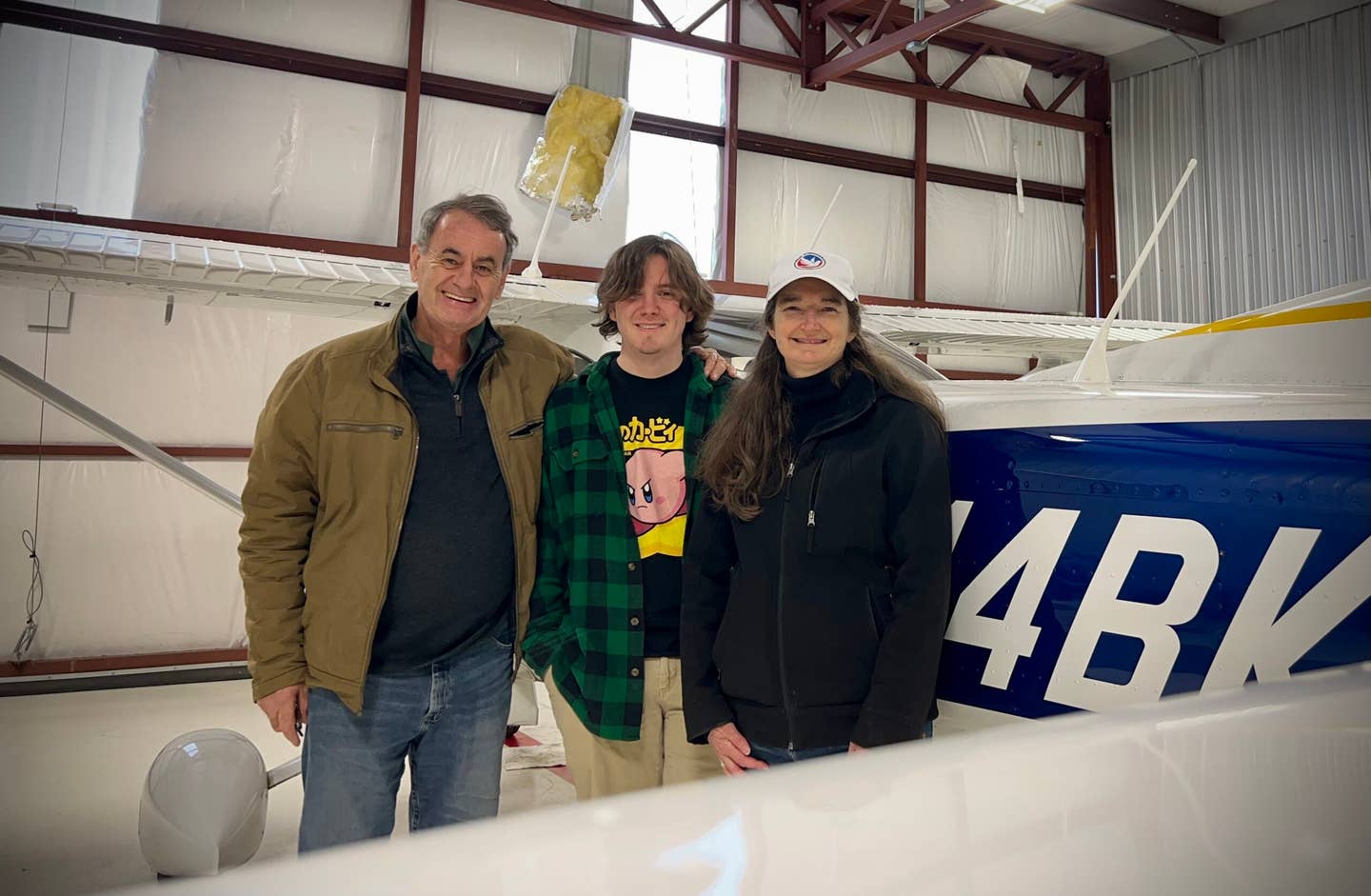The ‘Last Mile’ for SAF Presents an Achievable Challenge
Companies such as Gulfstream, Daher, and others are working with Neste, Avfuel, and World Fuel Services—even airlines—to connect the business aviation fleet with sustainable aviation fuel.

The TBM 960 on the aircraft display at EBACE 2023 flew to the show in Geneva on an SAF blend from Daher’s Aircraft Division in Tarbes, France. [Courtesy: Daher]
Though a gathering of climate-change protesters managed to steal attention for a moment at the European Business Aviation Conference and Expo (EBACE) this week, they in fact served to highlight the concrete actions toward a sustainable future by those very companies they wished to vilify.
How ironic that the Gulfstream G800 one pair handcuffed themselves to had indeed flown across the Atlantic from Savannah, Georgia, on a blend of sustainable aviation fuel (SAF) as a regular part of its flight testing—not as a publicity stunt?
In fact, it’s easier to count those OEMs that haven’t implemented SAF and other short- and mid-term measures than those who have—because it’s a straightforward, here-and-now step most are happy to take. Many OEMs, from Embraer to Textron Aviation, fueled at their headquarters with SAF for the journey, and topped off with more on arrival. SAF is for the moment normally blended with regular jet-A, with testing toward blends up to 100 percent SAF in various stages depending on the airframe and powerplant manufacturers.
Getting to a 100-percent blend aside, SAF is not without its challenges—particularly in its boutique pricing and distribution to FBOs and other airport service providers that can deliver it to those operators wishing to use it.
A Case Study
At EBACE this week, Daher presented its experiences in covering that “last mile” between the delivery of SAF and distribution to its fleet. The company began the project to use SAF at its Aircraft Division facilities in Tarbes, France, in its operations, which include production, testing, training, and ferrying/delivery flights. Nicolas Chabbert, senior vice president of the division, related that, though the company is eager to set an example, availability of the fuel has been sporadic.
“Therefore,” said Chabbert, “we took the initiative of going a step further by joining with the Spanish airline Volotea—a carrier that connects small and mid-sized cities in Europe which flies from Tarbes-Lourdes-Pyrenees Airport (LFBT) as part of its route network—to convince the fuel provider World Fuel Services to supply SAF on the platform. We expect our example will bring other operators to use renewable energy on (their) airplanes.”
The SAF in question is a blend with 30 percent of Neste MY SAF delivered to the airport by World Fuel Services, provider of jet fuel and other FBO/airport solutions in France, Germany, South Africa, Canada, and Australia. Neste’s MY SAF is produced from sustainably sourced renewable waste and residue raw materials and, in its pure form, is calculated to reduce emissions by up to 30 percent over the fuel’s life cycle.
“With Daher’s adoption of SAF for its needs at Tarbes-Lourdes-Pyrénées Airport, all users at this facility can now benefit from our supply of Neste-blended jet-A fuel,” said James Hardacre, World Fuel Services’ vice president of sales for business aviation in Europe, the Middle East, and Asia.
This collaboration with commercial aviation at an airport made the sourcing and reliable delivery possible—but other business aviation operators in both Europe and North America have not been as successful in connecting the dots. It looks simple on paper, but it takes persistence and commitment to bring the fuel to the pump.

Subscribe to Our Newsletter
Get the latest FLYING stories delivered directly to your inbox






